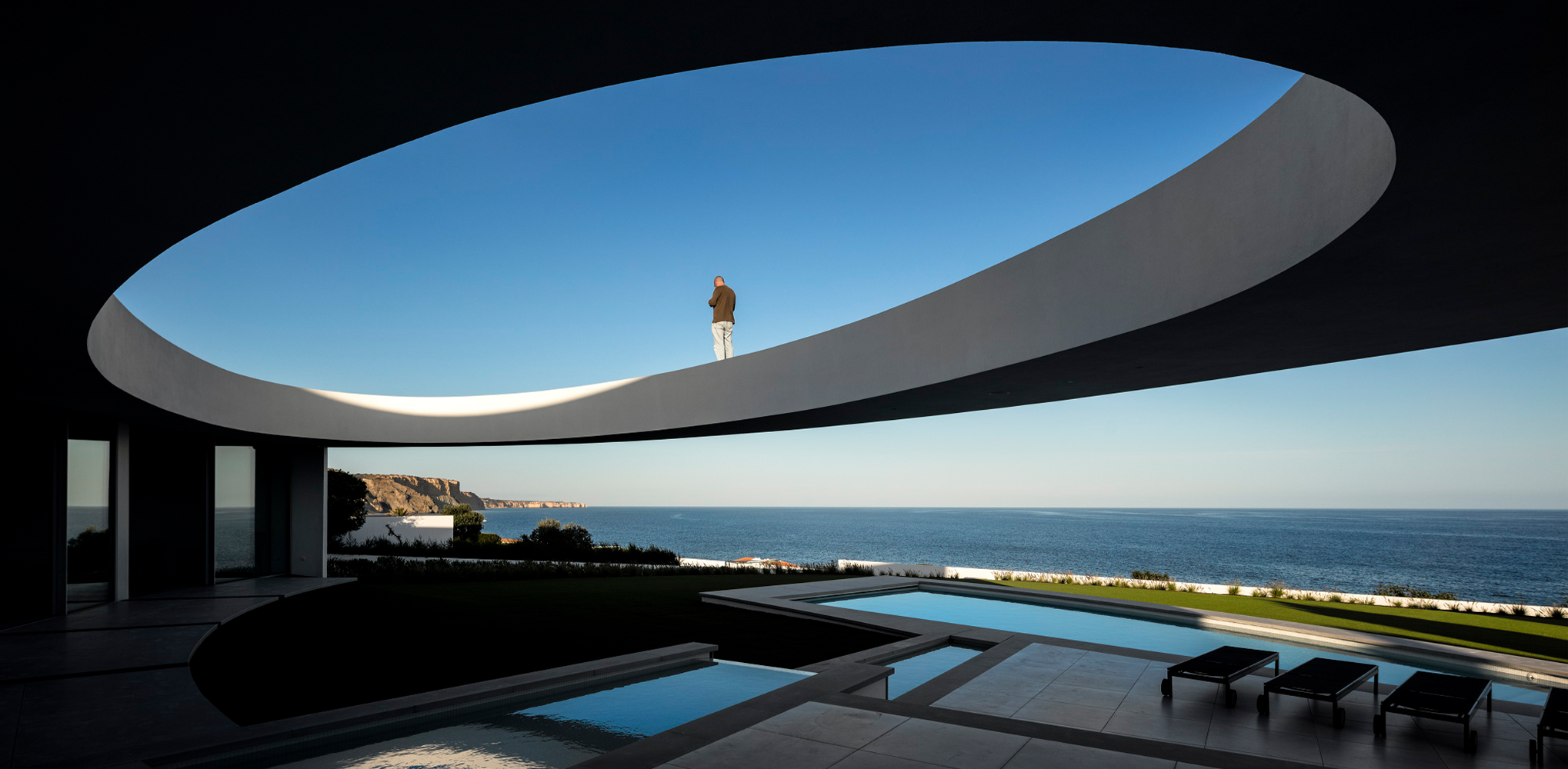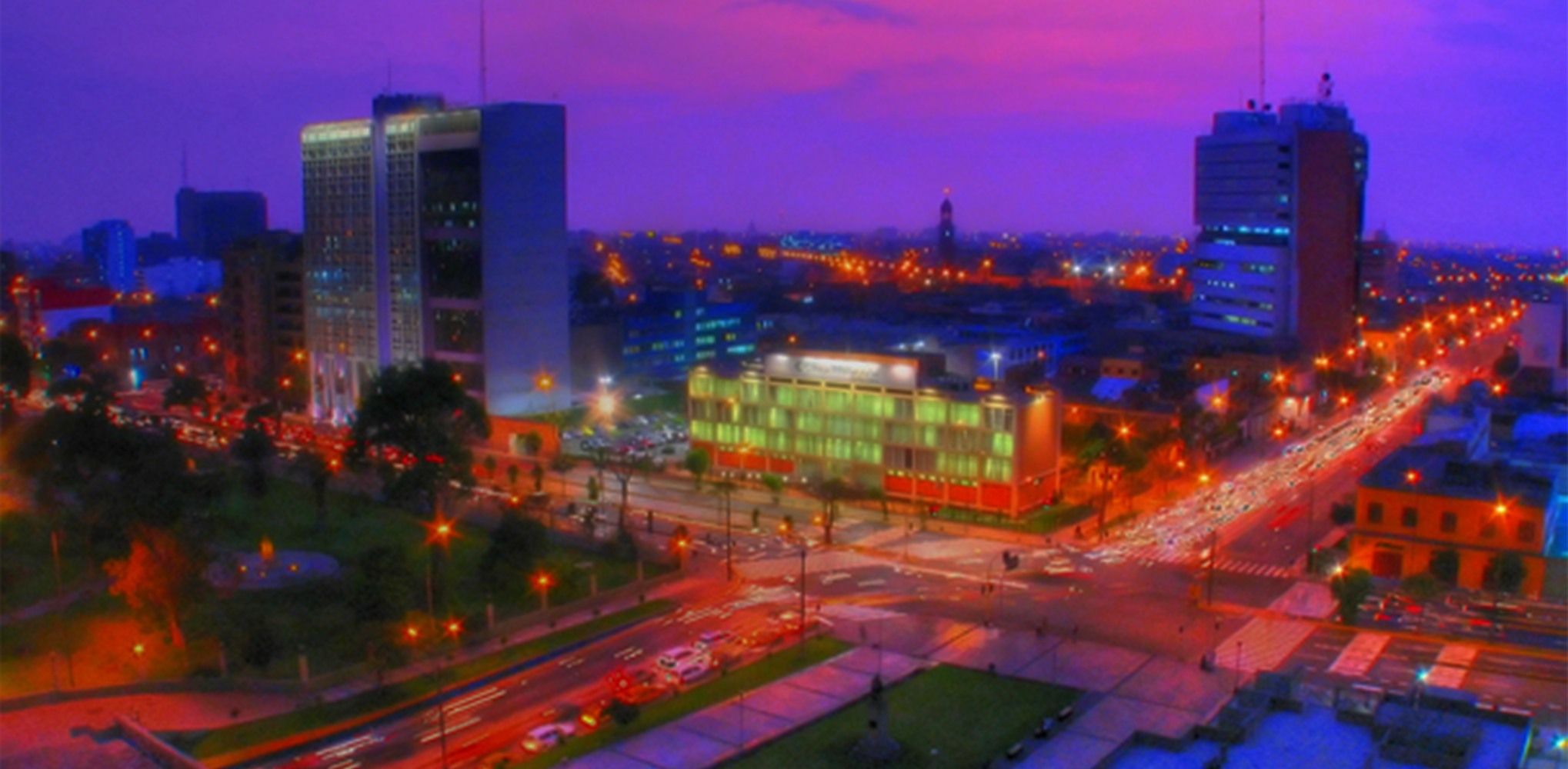Feast your eyes on the world's most outstanding architectural photographs, videos, visualizations, drawing and models with the winners of Architizer's inaugural Vision Awards. Sign up to receive future program updates >
In architecture, imagery is everything. Quality visuals, from sketches to renderings, are essential in effectively communicating the ideas behind a project. The same goes for the documentation of a completed project. Stunning photographs help architects distinguish themselves and their projects from competitors, as well as attracting new clients. Beyond aesthetics, a good architectural photo communicates the essence of a structure and the intention of its designer. As camera technology develops in parallel with architecture itself, new approaches to photography are constantly emerging.
From image compositions to post-production effects, the possibilities in expressing architecture are greater than ever before. As you consider which of your photographs to submit for the One Photo Challenge, get inspired by the following trending styles in architectural photography, each redefining how we consume architectural design.
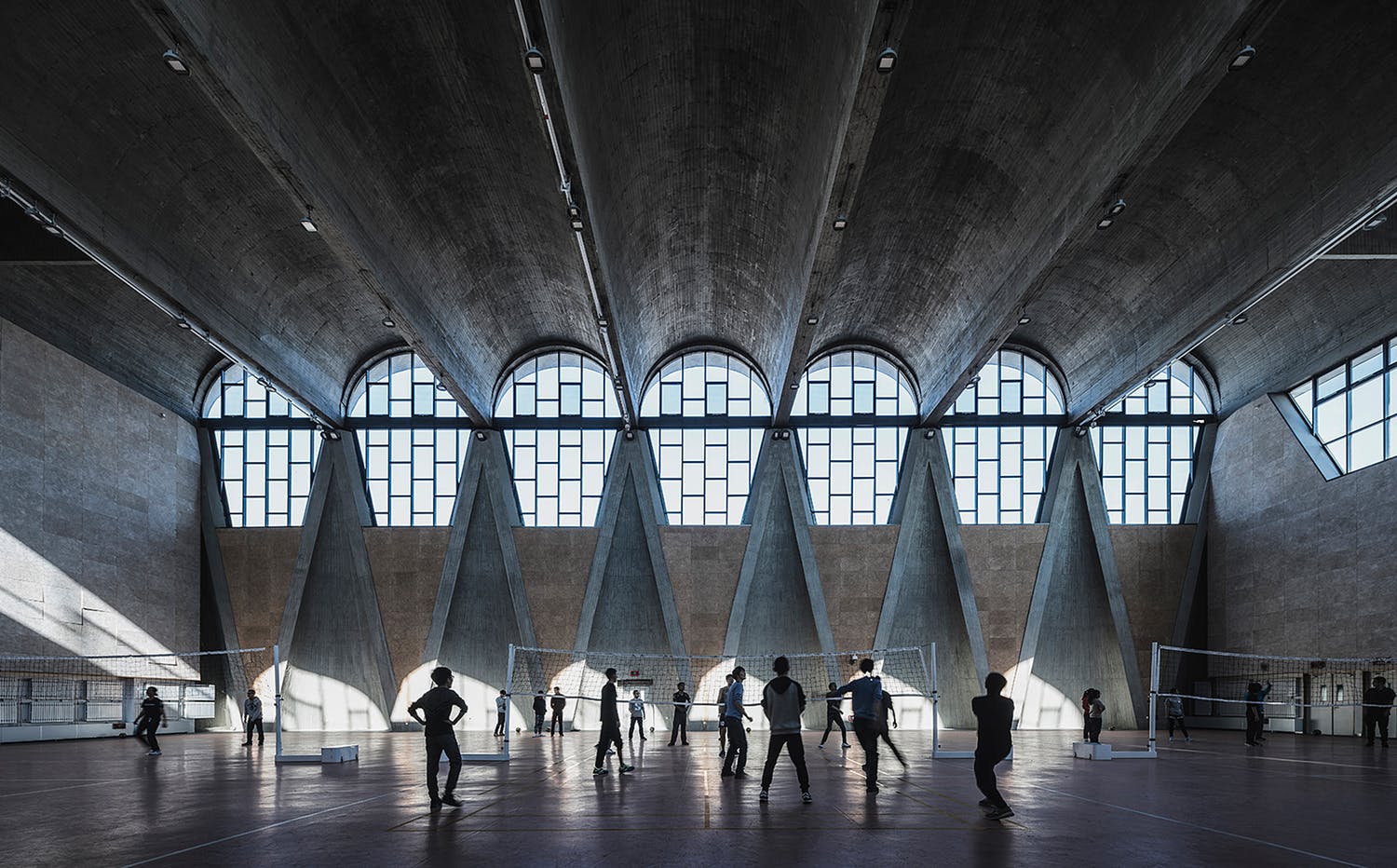
Gymnasium of the New Campus of Tianjin University, China, by Atelier Li Xinggang, photographed by Terrence Zhang
1. Architecture In Use
According to architectural photographer Rob van Esch in his eBook, Trends in Architectural Photography: “Traditionally, people were left out of architecture photographs.” Esch goes into detail regarding the evolution of how architecture is portrayed. Earlier architectural photography placed a greater emphasis on capturing spaces in untouched and serene states. Today, influential photographers such as Iwan Baan have upended that notion, documenting architecture full of life and activity. This reflects architects’ growing desire to present images of their work that depict how their spaces are used. In doing so, images can show how the architecture truly functions, adding a new element of authenticity and dynamism.
2. #NoFilter
The quality of light is just as significant as the subjects that comprise an architectural photo. There is more attention being directed towards the way light can be applied to images in order to convey a strong message. Architectural photographer Rob van Esch labels this as “Warmth”. Images must communicate the project’s character and should connect with the viewer, meaning they shouldn’t be too cold and lifeless. According to Esch, the quality of light is at its best when it’s warm in color. There are different periods towards the end of the day that yield particularly beautiful lighting conditions, such as the golden hour and the blue hour.

Röntgenarchitektur / Oscar Lopez, Germany. Image © Oscar Lopez, Germany, Shortlist, Open, Architecture (open), 2017 Sony World Photography Awards
3. Surprise
Often, clients provide little direction to architectural photographers when embarking on a project. This leaves photographers with almost complete creative control and the opportunity to surprise clients with intriguing, out-of-the-ordinary, personal images. When given this freedom, Rob van Esch believes photographers can search for angles that lend themselves to abstraction and symmetry, capture dramatic scenes incorporating moving water or stormy skies, and zoom in to unique details within an architectural structure.
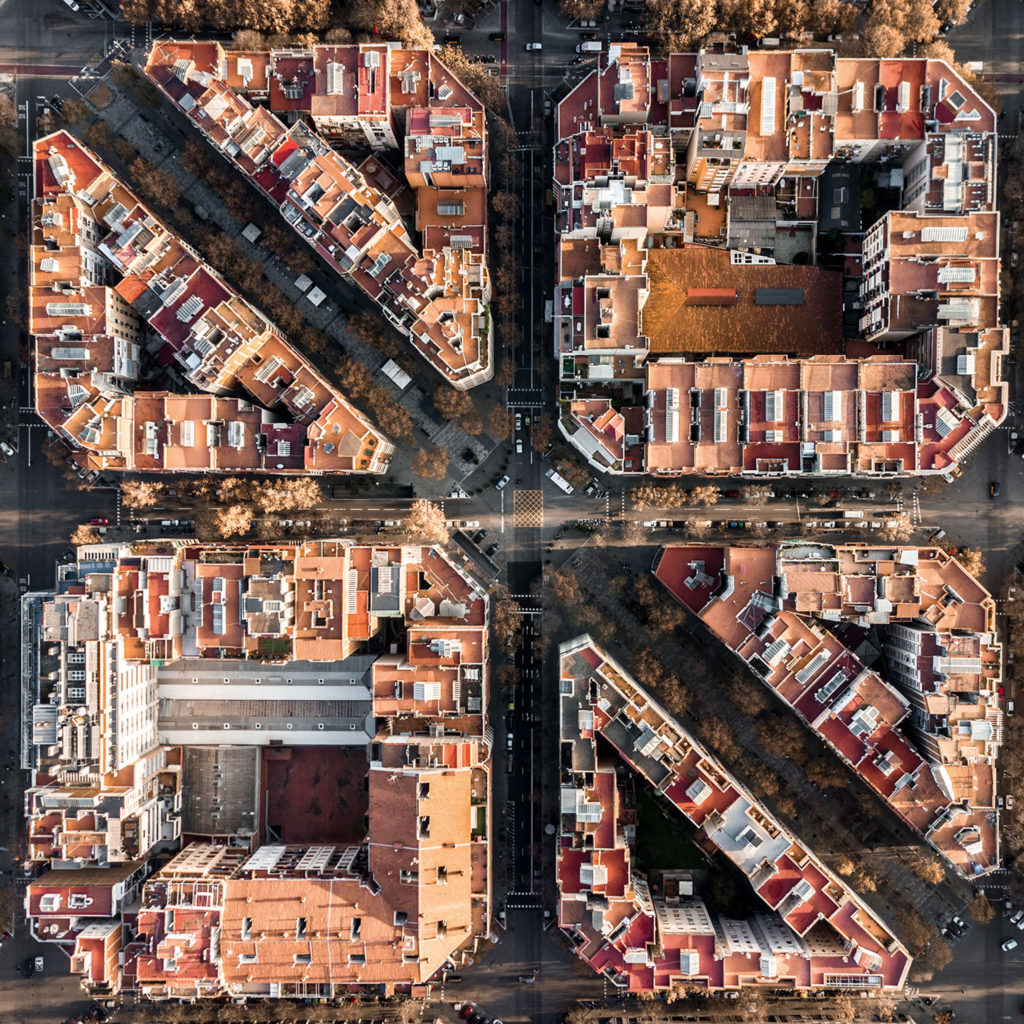
A bird’s-eye-view of Barcelona’s cityscape; photo by Márton Mogyorósy
4. Drone Photography
The rise of affordable drones has given photographers a wealth of new ways to document architecture. They offer incredible versatility, and can provide new meaning and context to buildings through seemingly endless perspectives they can achieve. Drone photography can help form a new appreciation for architecture, as it provides new revelations about a building’s geometry, form and scale. With aerial photographers like Benjamin Grant, it’s no surprise that architectural photography using drones is gaining more and more popularity.
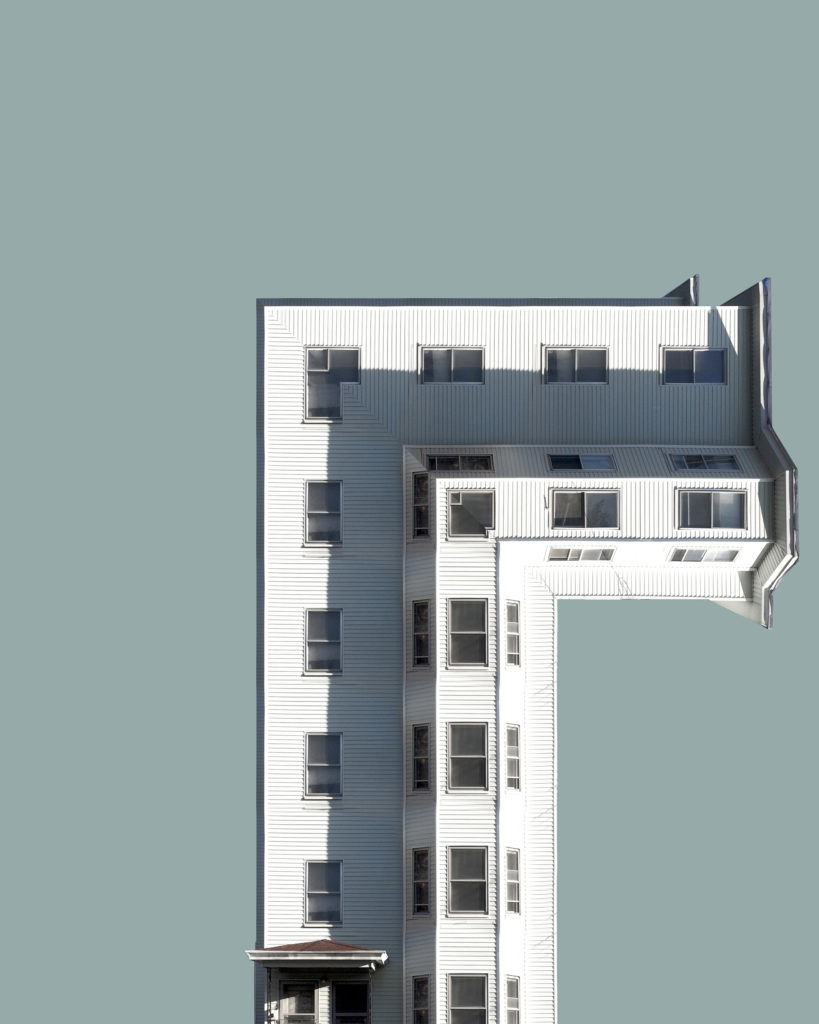
“An American Hyperreality”, Photo by Eric Randall Morris
5. Manipulation
At the intersection of digital art and architecture, manipulated photography gives rise to creative and often surreal interpretations of the built environment. Though these images are imaginary, they offer new commentaries and challenge us to reassess our surroundings. This form of visual representation sees buildings twisted into bizarre shapes, iconic structures placed into foreign locations, or impossible skyscrapers standing without structural support. Manipulated photography adds life and character to architecture through expressive movements, forms and compositions.
NOTE: Drastic photo manipulation like the example shown above is not permitted in the One Photo Challenge. Small post-production tweaks are allowed. Refer to the competition rules for full details.
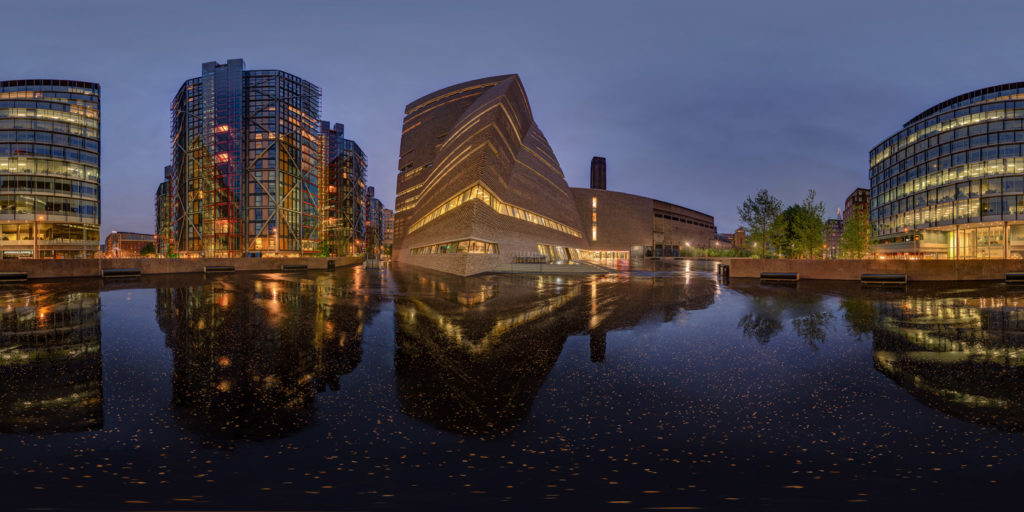
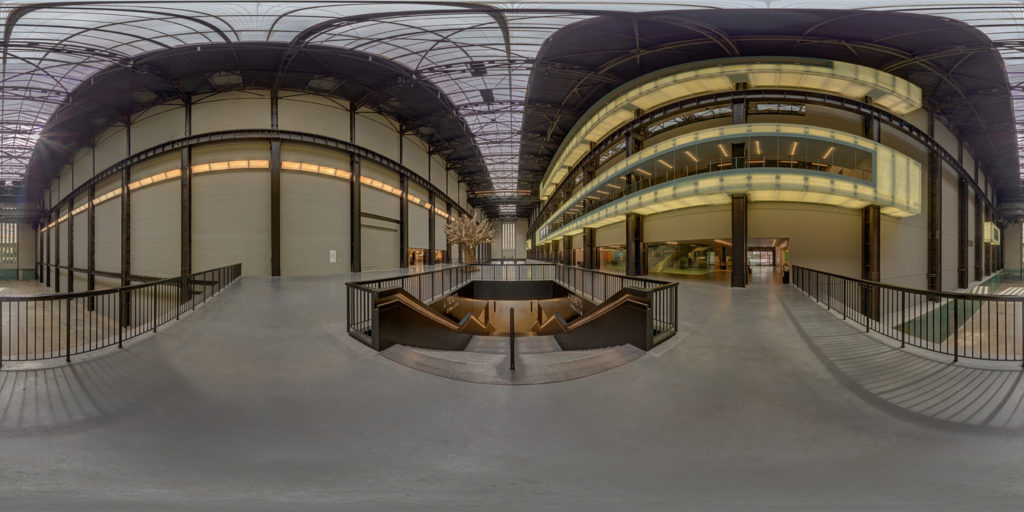
The Tate Modern Switch House; images via Dezeen
6. 360-Degree Photography
360-degree photography essentially immerses viewers within an image. When paired with virtual reality, the experience of being in or around a space can be simulated. It allows viewers to see a project as it is. What better way to assess a building than to actually be there?
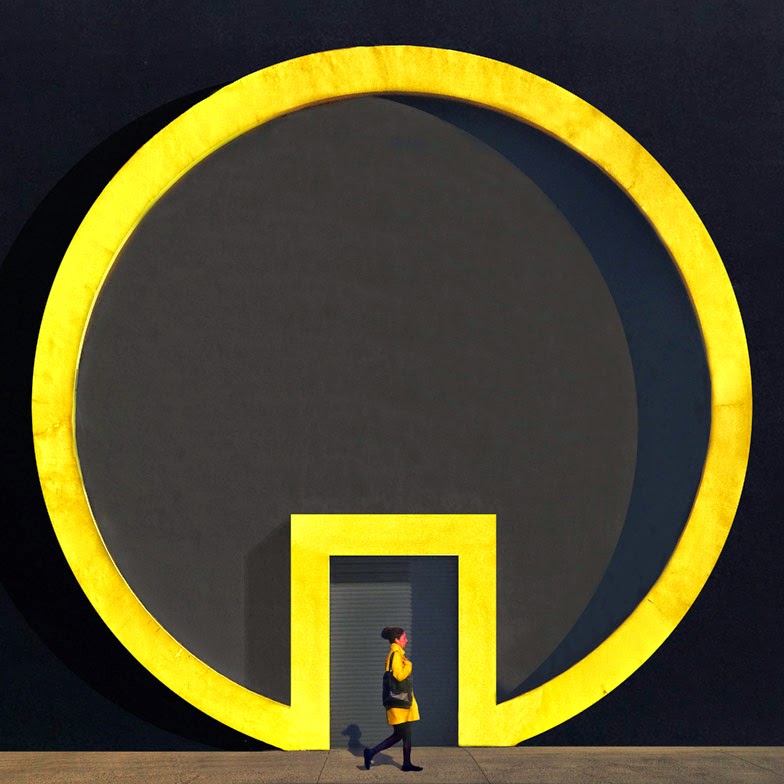
A building in Turkey © Yener Torun
7. Abstraction
With the torrent of architectural photographers now proliferating across Instagram, the use of abstraction is a great way to stand out from the crowd. One Photo Challenge juror Yener Torun is an expert in this realm. The photographer’s compositions flatten space, emphasizing line and color over depth. He transforms the urban landscape, reframing architecture as a geometric form and creating an alternative reality by abstracting architectural elements from their original environment and repurposing them.
Feast your eyes on the world's most outstanding architectural photographs, videos, visualizations, drawing and models with the winners of Architizer's inaugural Vision Awards. Sign up to receive future program updates >
